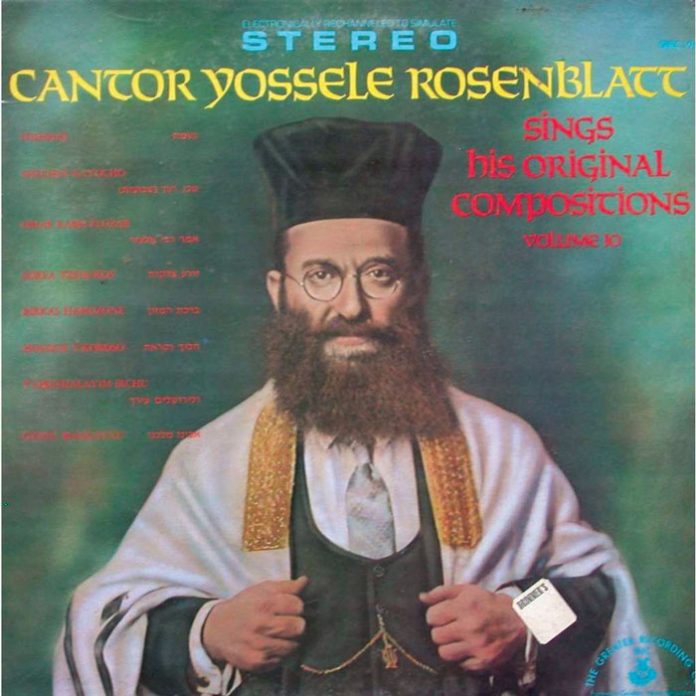In general, I’m not one to associate the month of Elul and the High Holy Days, as they are often called in America, with the intonations of its liturgy. Compared to the awesomeness of the Yomim Nora’im, the melodies used to sing our tefillos should seem minor and inconsequential—but they are not.
The criteria and qualifications necessary for serving as chazan on the Yomim Nora’im are codified in halachah and sifrei minhag. Indeed, a wrong note can wreak emotional distress in those who are listening.
Despite the fact that my father, zt”l, and my grandfather, Rav Pinchus Eliyahu Spiegel, were magnificent baalei tefillah, I confess that I am not musical at all. That particular gene was passed on to my dear brother, Reb Zvi. I, unfortunately, cannot carry a tune at all and my singing is flat.
But like most of klal Yisrael, I love a lively niggun, a hartziker baal tefillah and a beautiful davening. Although I hesitate to raise my voice for fear of causing disharmony, I enjoy listening and sing along softly. And of course, I get emotionally involved.
Ever since my days at Yeshivas Ponevez I have longed for a certain melody to be used for “V’chol Maaminim.” I am not in control of the nusach where I daven today, and even if I were, I wouldn’t have the fortitude to suggest a change. Nonetheless, I defiantly hum the old tune that I’m used to under my breath while everyone else is singing a different one.
The world of tefillah has certainly changed over the last generation, although I don’t know if this is true among chasidim, who usually steadfastly retain their niggunim. In fact, even in many yeshivos you could probably synchronize your watch from year to year with regard to what’s being sung at any given minute.
Other shuls, however, switch tunes with impunity, depending on the tempo of the times. One year it can be a Carlebach-themed davening, while another year it might be a Shwekey. Unlike among baalei tefillah, these choices aren’t codified and have no set criteria.





















